One morning, my office phone rang. I picked up the phone and had a brief conversation with a hemp grower. She ran a small farm and had planted hemp for the first-time in one of her fields. With a good amount of investment, she had projected to harvest healthy flower buds at the end of the season. But then, she said, some of the plants started to grow weirdly, and branches started to become broom-like or cluster-looking (Fig. 1).
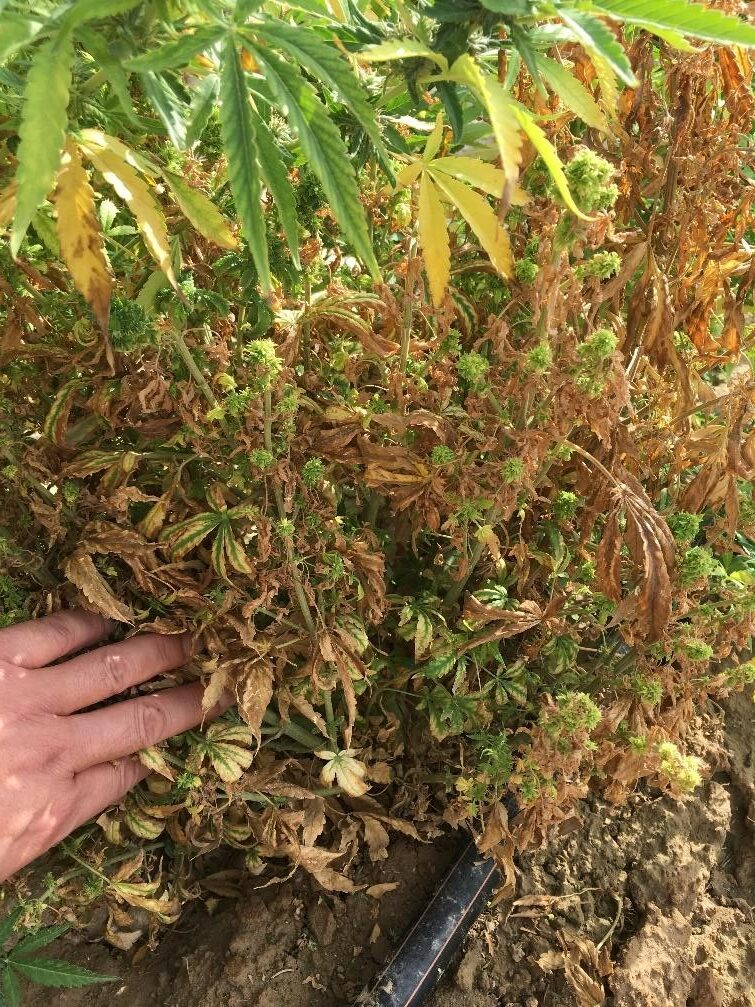
While the majority of plants remained normal, more and more plants started to show the same symptoms. She was nervous about the potential loss of her crop and asked about causes and possible remedies. The disease was diagnosed as a witches’ broom disease caused by a phytoplasma, an unculturable bacterium. This disease causes infected plants to grow abnormally and fail to produce healthy flower buds for harvest.
Phytoplasmas are not new. They live in insect vectors that spread them to many host plants and generally cause proliferation disease in many plant species. With vectors and weeds that harbor phytoplasmas in natural environments, hemp can become infected whenever a phytoplasma-carrying insect feeds on the crop. This is why witches’ broom has been rampant in areas where both the pathogen and vectors are present.
A multitude of pathogens
However, witches’ broom disease is not the only issue for these crops. Leaf curl with abnormal growth (Fig. 2) has impacted hemp crops in the western states of the USA. This disease is caused by Beet curly top virus (BCTV), a well-known plant virus affecting a diverse range of crops including sugar beet, tomatoes and pepper. BCTV is mainly transmitted by the beet leafhopper (Circulifer tenellus), also an important pest in western USA. The co-existence of BCTV and its vector in the region poses a significant risk to hemp crops. Those who grew hemp a couple of years ago might be particularly impacted by this disease, because by that time the cause of the disease had not been identified.
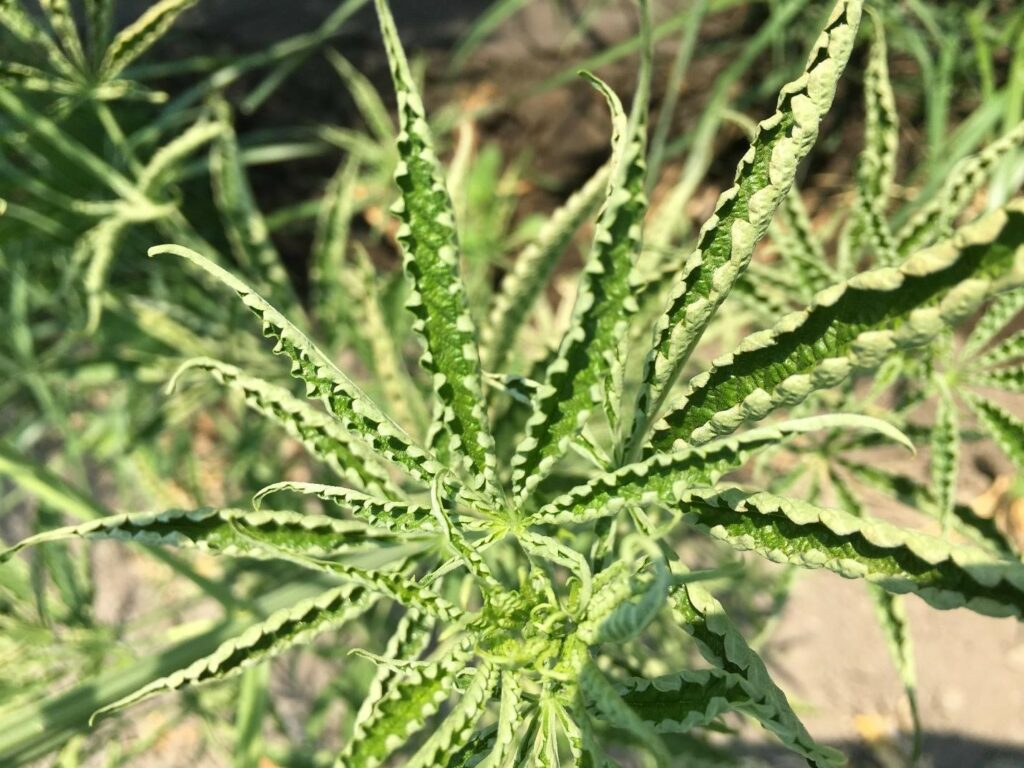
Fusarium pathogens
Fusarium is a well-known genus of pathogens that causes many diseases in various crops. Some species, especially F. oxysporum and F. solani, cause devastating damage to hemp crops (Fig. 3). Research and clinical diagnostic data have suggested that hemp plants are prone to Fusarium infections. In some cases, a crop or an individual plant can be infected by more than one Fusarium species. More importantly, Fusarium infection can lead to vascular wilt, root rot, crown rot, stem canker or stem rot, and any or a combination of these conditions may result in crop failure.

Another prominent pathogen genus is Pythium, a group of oomycetes causing root rot in many plant species. P. aphanidermatum and P. ultimum are two species that have been found to pose significant challenges to hemp cultivation in croplands. Pythium infection causes hemp root and/or crown rot, and advanced infection usually causes the collapse of plants (Fig. 4). Depending on soil moisture and cultural conditions, the disease can become prevalent in a hemp field.
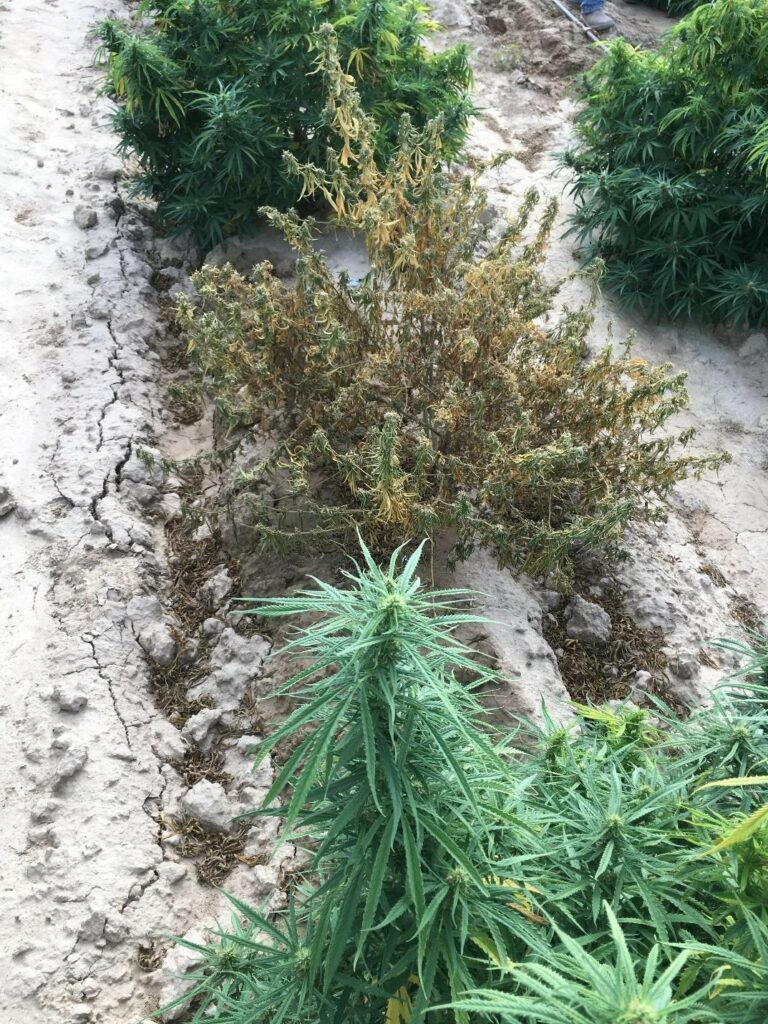
Unfortunately, these “old” pathogens do not work alone to infect hemp. They often co-infect an individual plant or collectively cause crop failure. It is not uncommon to find a hemp crop infected by multiple pathogens, whether it be multiple species in the same genus or multiple types of pathogens, or even a list of pathogens across different kingdoms. In some cases, insect factors contribute significantly to disease development, which causes a pest-disease complex. The diagnosis of hemp diseases and pests requires a holistic approach. Accurate diagnoses of all etiological components are essential for developing an effective management strategy to overcome the challenge caused by both well-known and new pathogens.
All images ©Shouhua Wang

Diagnosing Hemp and Cannabis Crop Diseases, by Shouhua Wang, is now available on the CABI Bookshop
1 Comment
Leave a Reply
Related News & Blogs
How do pest risk registers address the spread of plant pests in Africa?
Pest risk registers can help to solve problems in agriculture, addressing the growing global threat of plant pests. Moreover, changing weather patterns, led by rising temperatures, are causing them to reproduce faster and expand into new regions. In ad…
10 July 2025

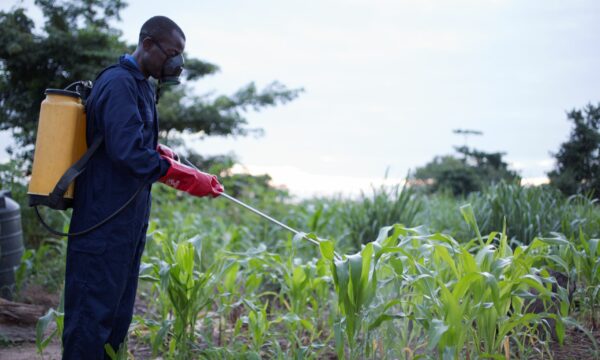
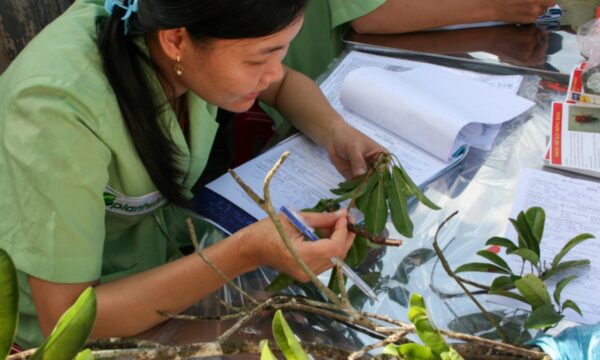
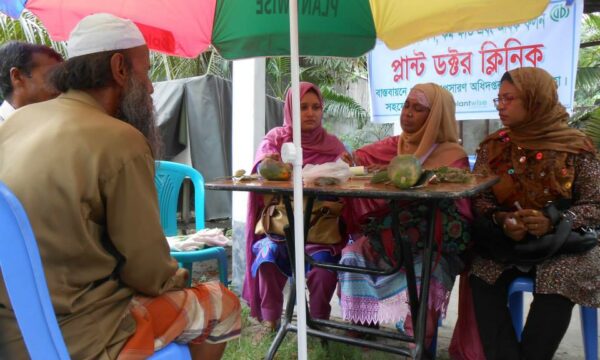
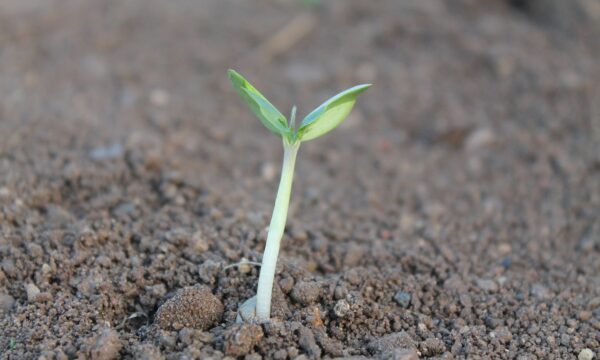
Oil has found its way into just about every product on the planet, just look around you. If we’re going to keep climate change to a manageable level by decarbonizing our global economy, then we need to find carbon-neutral ways to replace all of these materials that we’re making out of oil today. Luckily, there is one renewable, carbon-neutral resource we have that can compete with oil in terms of its versatility: industrial hemp.